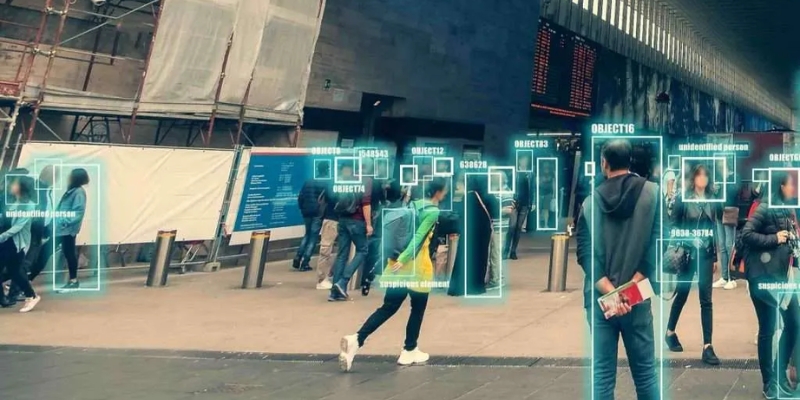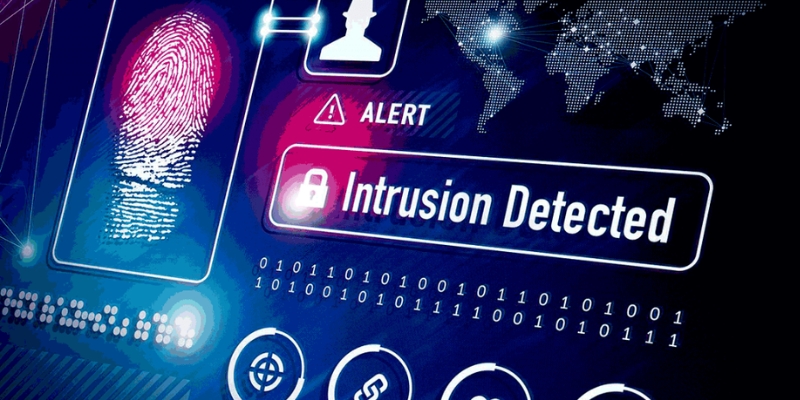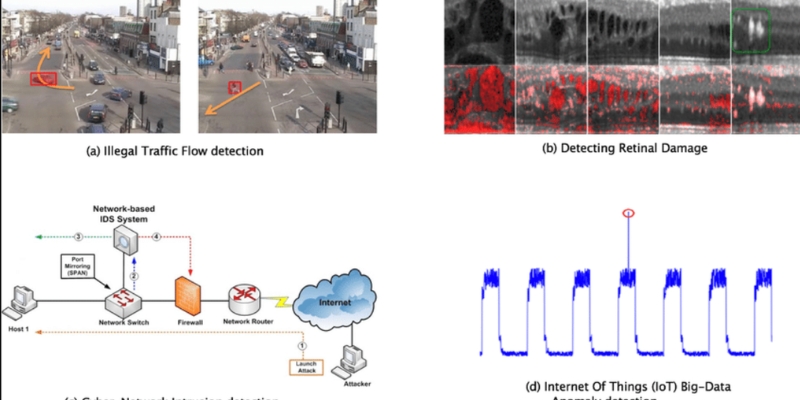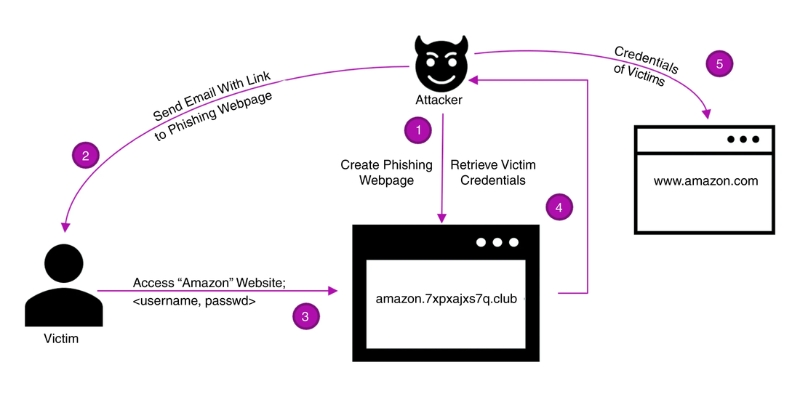Lucia Lee
Last update: 15/07/2025
As security threats are getting more and more complicated, traditional security tools often fall short. That’s why many organizations are turning to smarter, AI-powered approaches like machine learning and deep learning. While these terms are often used interchangeably, they’re not the same - and understanding the difference is key to making the right choice for your security strategy. In this guide, we’ll shed light on how machine learning vs deep learning in security work, where they shine, and what they mean for the future of security.
To understand how AI strengthens modern security systems, it’s important to first unpack two of its most talked-about branches: machine learning (ML) and deep learning (DL).
Machine learning is a foundational area of artificial intelligence that enables computers to learn from data rather than being explicitly programmed. Instead of hardcoding every rule or response, ML models analyze patterns in historical data to make predictions or decisions. Over time, these models improve by learning from feedback and new inputs, making them highly effective in tasks like anomaly detection, facial recognition, and spam filtering.
Machine learning typically operates through two approaches: supervised learning, where the model is trained on labeled data to recognize specific patterns (like identifying known threats), and unsupervised learning, which finds hidden structures or anomalies in unlabeled data - useful for detecting new or evolving threats that haven’t been previously documented.
Deep learning, on the other hand, is a more advanced subset of machine learning that uses artificial neural networks to mimic the way the human brain processes information. These networks consist of multiple layers of algorithms that build on each other to detect increasingly complex patterns.
While ML can work well with structured datasets and smaller amounts of data, DL typically requires massive datasets and greater computing power. In return, it can handle far more complex problems - such as real-time video analysis or voice-based authentication - with minimal human intervention.
In a nutshell, machine learning is great for identifying patterns and making fast decisions with less data, while deep learning shines in handling larger-scale, more nuanced security challenges by learning from massive and diverse datasets.
Both machine learning (ML) and deep learning (DL) play vital roles in enhancing modern security systems - but they do so in different ways. Their effectiveness often depends on the complexity of the task, the amount of data available, and the level of accuracy required. Below, we explore key differences through key practical security applications.
Comparing ML and DL in video surveillance
Machine learning has long been used in video surveillance to detect suspicious behavior, monitor environments, and reduce manual workloads. ML algorithms work well with structured datasets and predefined scenarios. For example, a shoplifting detection system can be trained on past incidents to flag similar patterns in real-time video feeds. These systems are relatively easy to implement and interpret but typically require human oversight and regular updates to remain effective.
Deep learning, by contrast, transforms video surveillance into a more autonomous and adaptive process. Using convolutional neural networks (CNNs), DL systems analyze video streams layer by layer, learning directly from raw footage. This allows them to pick up on subtle gestures, anomalies, or emerging threat patterns that ML systems might miss. As a result, DL-powered surveillance can adapt to new behaviors over time with minimal human input, making it ideal for large-scale or high-risk environments.

ML and DL in video surveillance
Deep learning vs machine learning for facial recognition
Facial recognition is one area where the difference between ML and DL becomes especially clear. Machine learning models use predefined facial features - like the distance between the eyes or shape of the jawline - to recognize individuals. These models are effective in controlled conditions but may struggle with variations in lighting, angles, or facial expressions.
Meanwhile, deep learning takes facial recognition accuracy to the next level. DL systems process thousands of facial variations and learn complex patterns using deep neural networks, allowing them to handle low-quality images, real-time video, and even masked or partially obscured faces. This makes deep learning the preferred choice for high-security environments such as airports, government facilities, and law enforcement applications.
Accuracy comparison: ML vs DL in intrusion detection
In intrusion detection, machine learning offers a solid baseline. ML algorithms can be trained to recognize common intrusion signatures, such as unusual login times or network activity spikes. These models are efficient and transparent, making them ideal for structured environments with known threat types.
Deep learning, however, offers a level of accuracy that machine learning can’t match. DL systems excel at detecting unknown or zero-day threats by identifying subtle, complex patterns in unstructured data. While they require more computing power and data to train, DL models reduce false positives and catch anomalies that ML might overlook - especially in dynamic and high-risk security ecosystems.

Accuracy comparison: ML vs DL in intrusion detection
Choosing between machine learning vs deep learning in security isn’t about which is better - it’s about selecting the right fit for your goals, data, and resources. Let’s discover when each matters most in your security strategy.
When to use machine learning
Machine learning is a reliable and accessible solution for many surveillance needs, especially when you're working with structured data and limited computational power. It's a strong choice in scenarios like:
Also read: How Machine Learning Powers Smart CCTV: The Ultimate Guide
When to use deep learning
Deep learning excels in complex, high-volume, or high-risk environments where automation and accuracy are paramount. DL can be your best bet when:
Now that you’ve understood the key differences between machine learning vs deep learning in security, you might be wondering how they are applied in real life. Let’s have a closer look at the real-world applications of these technologies in today’s security landscape.
Threat detection and classification
Machine learning enhances security analytics by classifying and prioritizing threats with impressive speed and precision. By analyzing network traffic and behavioral data, ML identifies malicious activities before they cause harm. This real-time detection is made possible through advanced pattern recognition in surveillance, which allows systems to distinguish between normal and abnormal behavior across users and systems.
Deep learning pushes this further by leveraging deep neural networks to uncover threats that traditional systems often miss. For instance, DL models can identify novel malware by analyzing subtle, non-obvious attack signatures, offering critical advantages in zero-day threat detection.
Anomaly detection
Detecting behavioral anomalies is one of the strongest use cases for machine learning in security. By establishing baselines of normal activity and flagging deviations, ML-powered anomaly detection systems excel at identifying insider threats and breaches that hide within routine operations. These models adapt over time, improving algorithm efficiency in security and reducing false positives.

Anomaly detection
Malware detection and prevention
While traditional malware detection relies on signatures, machine learning vs deep learning in security bring a behavior-based approach. Machine learning models scan files for suspicious patterns, while Convolutional Neural Networks (CNNs) in deep learning enable the system to “see” threats by analyzing image-like data structures of malware code. This visual approach allows systems to catch even well-disguised or unknown threats.
Also read: Forecasting Security Incidents Using Machine Learning
Intrusion detection systems (IDS)
ML strengthens IDS by helping systems differentiate between legitimate and malicious access attempts in real-time. These systems learn from past intrusion attempts and continually evolve, enhancing security analytics with every new data point.
DL, on the other hand, empowers IDS with the ability to analyze massive traffic logs and correlate subtle indicators of multi-stage attacks, making it especially valuable in enterprise-scale environments with high data volumes.
Biometric security systems
Both machine learning vs deep learning in security are transforming biometric security systems. From fingerprint recognition to facial and iris scanning, DL models - especially those based on CNNs - can analyze thousands of facial features with unmatched accuracy.
Neural networks in security enable facial recognition systems to verify identities even under challenging conditions such as poor lighting, camera angles, or occlusions - crucial for high-security environments like airports and border control.
Spam and phishing detection
Email-based threats remain a major risk for businesses. ML models scan message content and metadata to identify spam and phishing attempts. These models not only learn to detect subtle clues in language, structure, and tone that signal malicious intent but also adapt rapidly to evolving attack methods.

Spam and phishing detection
Endpoint and asset security
As endpoints multiply across organizations, ML helps maintain visibility and protection. It monitors device-level behavior, flags anomalies, and blocks unauthorized access, which is critical for maintaining compliance and defense across distributed networks.
DL enhances this by scanning files, logs, and user interactions in milliseconds. This algorithm efficiency in security ensures robust protection without performance lag, even as systems scale.
In the world of modern security, both machine learning and deep learning have vital roles to play - ML offers speed, efficiency, and transparency, while DL brings unparalleled accuracy for tackling complex and evolving threats. The right choice between machine learning vs deep learning in security depends on your data, infrastructure, and the level of precision your use case demands.
Looking to upgrade your security systems with the power of AI? Sky Solution offers cutting-edge machine learning and deep learning solutions tailored for real-world security challenges from video surveillance to threat detection. Get in touch to future-proof your defenses today.